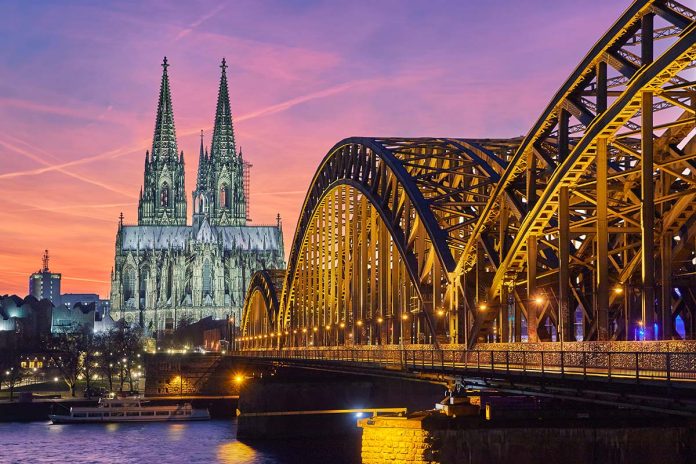Cologne is one of the most important cities in Germany, located in the Rhineland region. It was founded by the Romans about 2000 years ago. Historic relics and traces of the past are still perfectly visible in the urban context, in the streets and squares and in the museums. Together with new modern districts, they give the city truly unique beauty and charm. The inhabitants are known for their hospitality and taste for festive occasions.
There are many reasons to visit Cologne for lovers of design and architecture, also because it hosts two of the most important trade fairs for this sector in Europe: Orgatec, which recently came to an end, with a focus on design and digital transformation of the work environment (featuring presentations, debates on timely trends, global best practice solutions and innovative ideas), and IMM, which will take place next June.
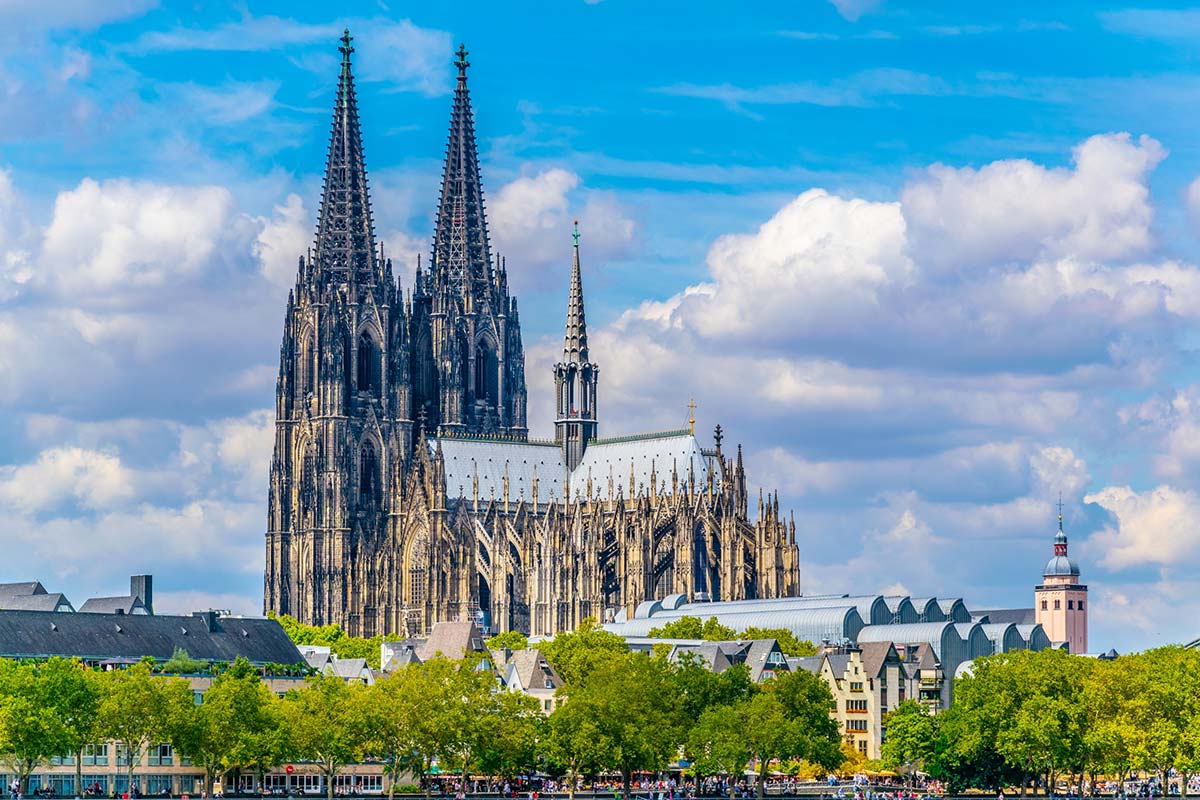
The Cologne Cathedral and the Heinzelmännchenbrunnen fountain
One of the main attractions of this German city is the majestic Cathedral in the center, close to the central station. Straight off the train, if one arrives in the city by rail, you are immediately immersed in the extraordinary atmosphere of this Gothic masterpiece. The soaring steeples, with a height of 157 meters, make it the second tallest religious building in Germany (after the cathedral of Ulm), and the third highest in the world. Since 1996 the church belongs to the heritage listings of UNESCO, and according to the Christian tradition it contains the remains of the Three Kings. In the vicinity of the cathedral you will find one of the city’s most beautiful fountains: the Heinzelmännchenbrunnen depicts the gnomes that according to legend helped the people of Cologne to build the cathedral.
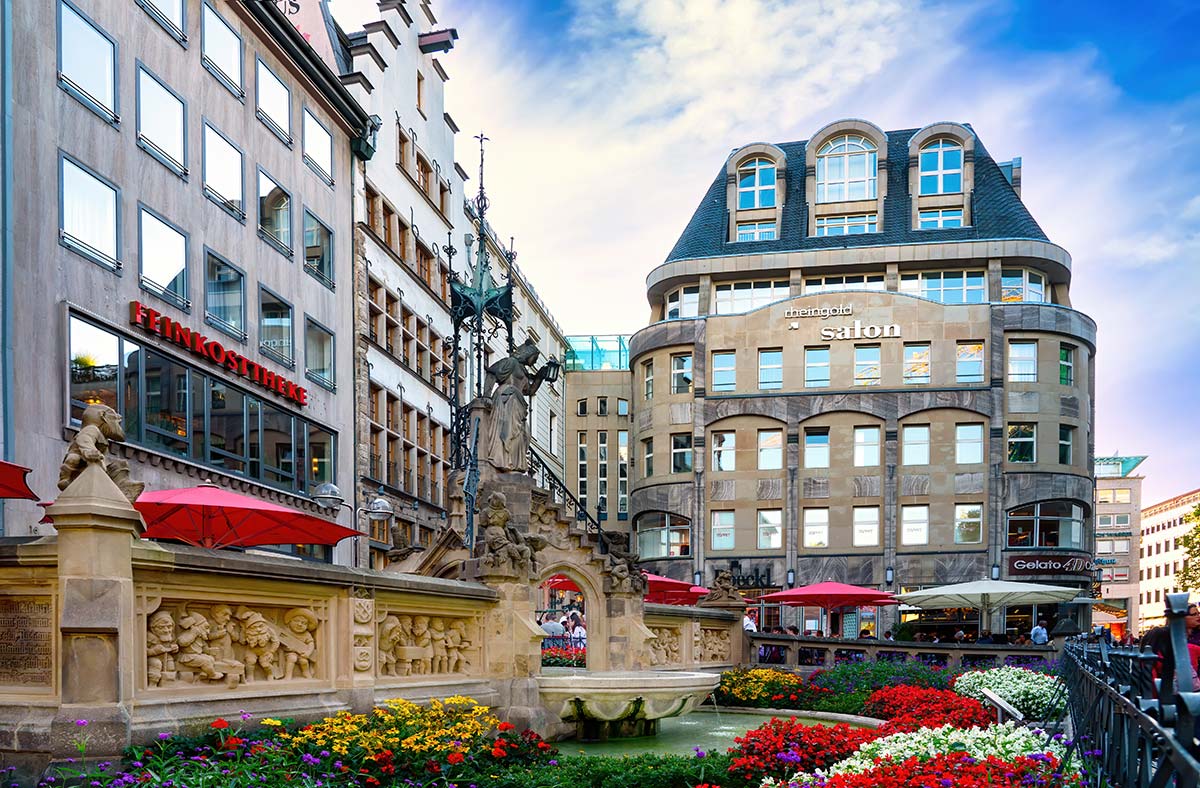
The riverfront and the old city
Strolling through Cologne you will see magnificently decorated buildings, reflecting the expressive and picturesque spirit of the city. The Leystapel riverfront offers visitors – in the splendid setting of the bank of the Rhine – an almost seamless series of colorful buildings with the typical sloping roofs of this part of Europe. Private homes, venues, restaurants with outdoor seating: this is an ideal destination for those who want to take a relaxing walk, enjoying one of the most beautiful views of the city. Colors are also a feature of a walk in the Altstadt, the old city that between the town hall square and the Alter Markt. This neighborhood offers lively atmosphere, street art and graffiti, decorating buildings, windows and even sidewalks.

The Hohenzollern Bridge and the Rheinpark
The Hohenzollernbrücke is the city’s famous bridge. With a length of 409 meters, it is known as the ‘bridge of lovers’ due to the many padlocks left by visitors. Crossing the bridge at sunset, when the sky lights up with colors reflected in the river, is an immersion in a majestic, romantic atmosphere. The Rheinpark is one of Cologne’s main attractions, above all for moments of leisure and entertainment. Amidst the greenery there are many benches on which to linger, spaces for sunbathing and reading, and even a pebble beach.
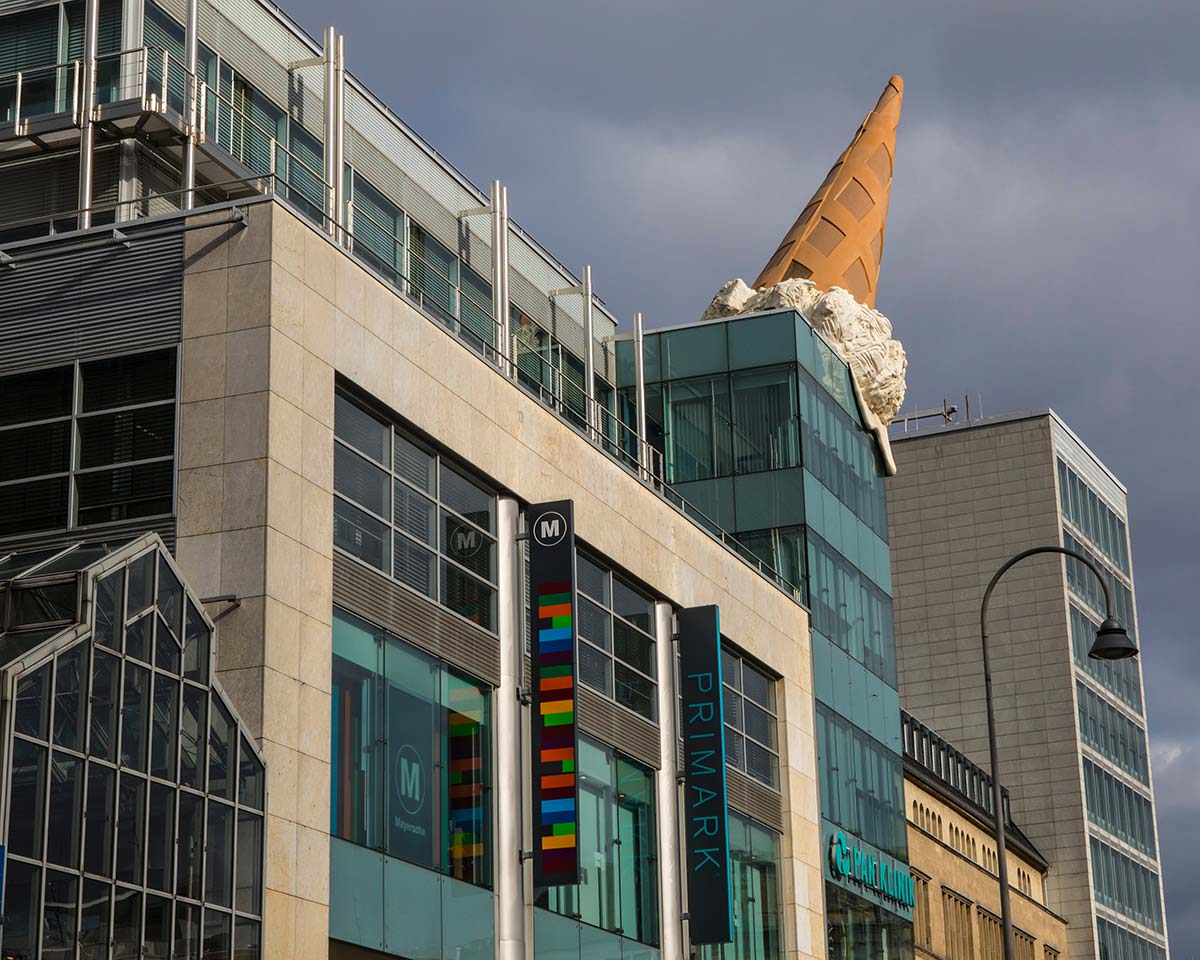
The bohemian quarter and the Dropped Cone
Those in search of the bohemian side of Cologne should head for the Agnesviertel district, a bit off the beaten track of tourism. This is a real neighborhood, with a flea market, typical restaurants and plenty of charm. Don’t miss the church of St. Agnes, in Neo-Gothic style, designed by the architects Carl Rüdell and Richard Odenthal and made of bricks covered in sand and volcanic stone. The Dropped Cone is placed atop the Neumarkt Galerie, one of the city’s largest shopping malls, and it has become one of the symbols of Cologne. The sculpture by the Swedish-born American artist Claes Oldenburg represents an enormous ice cream cone ‘squashed’ on the roof of the building.

The museums of Cologne
The museums in this German city deserve a separate chapter, and make Cologne a year-round destination for cultural tourism. One of the most important is the Museum Ludwig, with its formidable collection of modern and contemporary art, including an important range of works by Pablo Picasso. The museum also organizes temporary exhibitions, and stands out for its architectural design from the 1980s, a project by Peter Busmann and Godfrid Haberer.
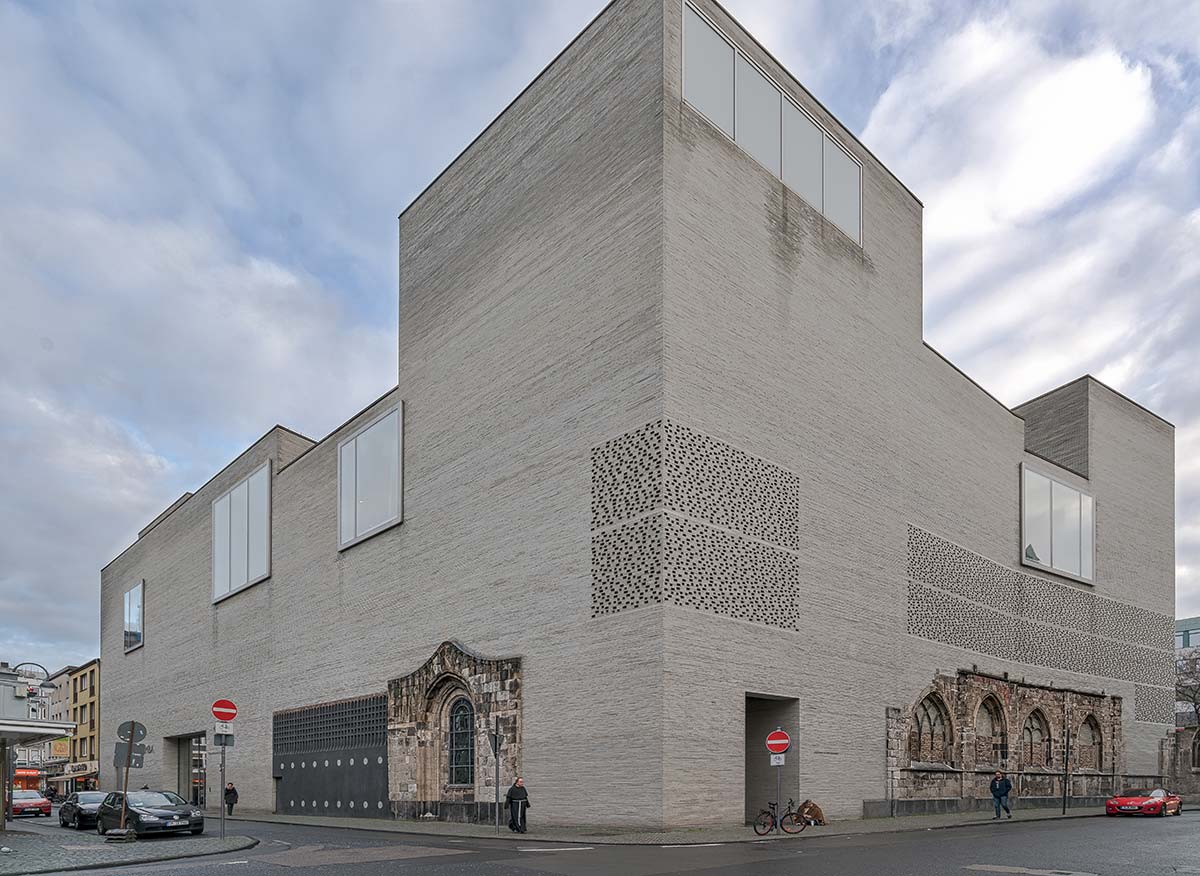
Another space not to be missed is the Kolumba, the city’s former diocesan museum. The building designed by Peter Zumthor is worth a visit on its own: a very refined, minimal sequence of spaces, built over the ruins of a medieval church that was destroyed during World War II. Inside, the collection very tastefully combines historic and contemporary art.
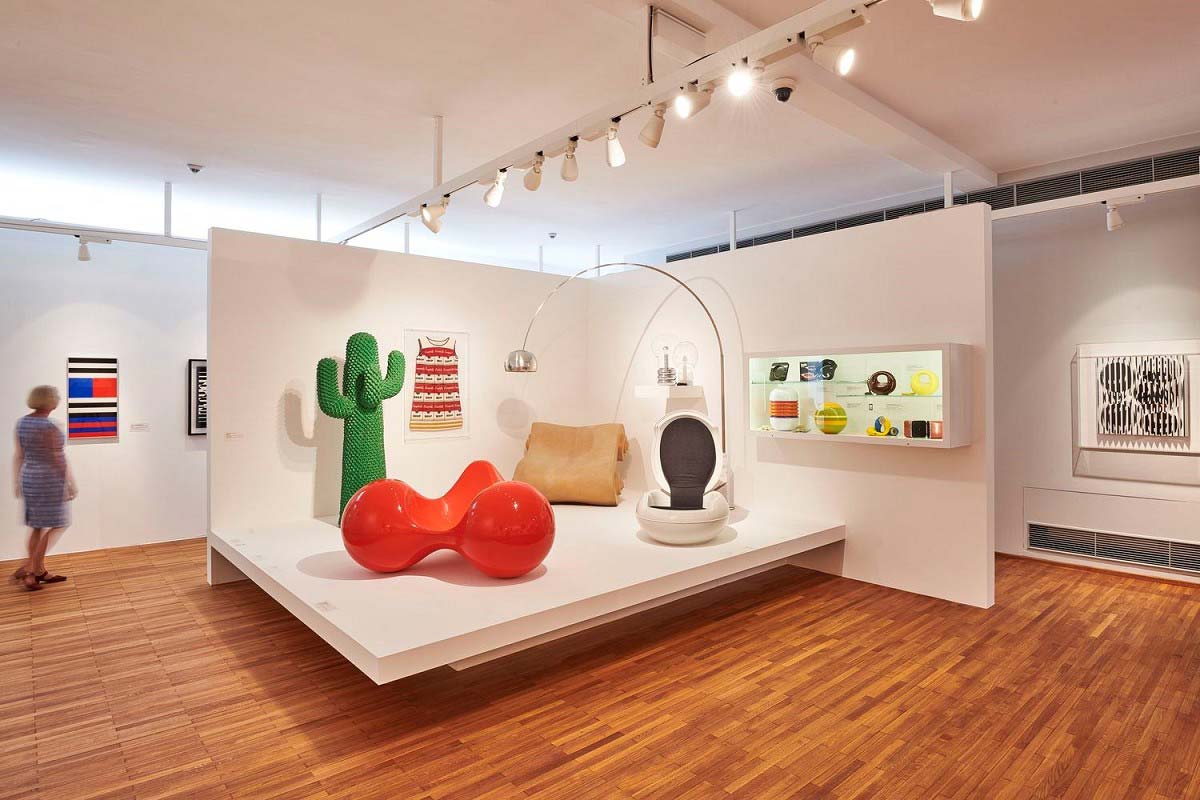
Design lovers simply must make a stop at the Museum of Applied Arts (Museum für Angewandte Kunst, MAKK), where they will find sections on ceramics, fabrics, furniture and jewelry, catalogued in various historical periods, from the Middle Ages to the present.

